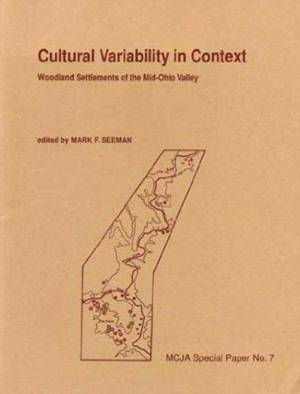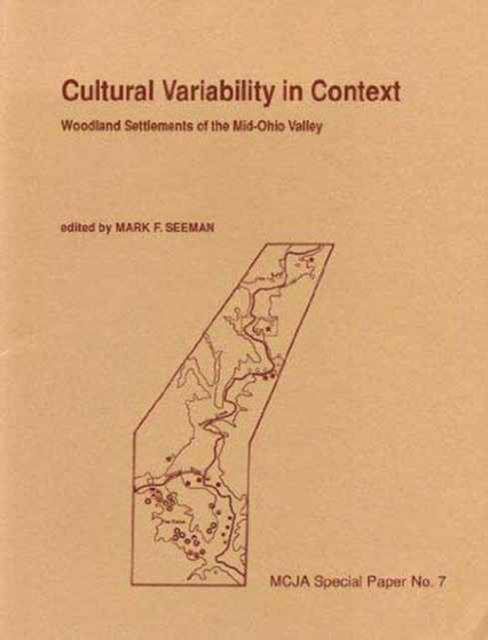
- Afhalen na 1 uur in een winkel met voorraad
- Gratis thuislevering in België vanaf € 30
- Ruim aanbod met 7 miljoen producten
- Afhalen na 1 uur in een winkel met voorraad
- Gratis thuislevering in België vanaf € 30
- Ruim aanbod met 7 miljoen producten
Zoeken
€ 17,95
+ 35 punten
Omschrijving
Cultural Variability in Context, a collection of papers presented at the 54th Annual Meeting of the Society for American Archaeology in April 1989, documents and explains the varied settlement and subsistence practices found in the prehistoric mid-Ohio Valley during the Woodland Period, ca. 1000 B.C.-A.D. 1000. The prehistoric societies of the mid-Ohio Valley played an important part in the development of the social complexity that characterized the Woodland period in eastern North America. Ohio Valley Adena and Ohio Hopewell ceremonialism occupy prominent positions in current interpretations of the period, as they have for many years. This volume focuses on underlying settlement and subsistence relationships, and is especially concerned with assessing time/space variability within the period and its ultimate influence on broader, inter-regional issues. What emerges is a complex picture that is similar, yet distinct, from patterns documented in adjacent areas. The authors examine the effects of environmental variability, demography, social inequalities, and technological developments using the results of recently concluded archaeological surveys and excavations. Their research relates to such topics as tribalism, cultural evolution, horticulture and nucleation. In many cases, the results substantially challenge previous interpretations of regional prehistory. Cultural Variability in Context will be of interest to a broad range of professional and amateur archaeologists concerned with eastern North American prehistory or the processes of cultural change.
Specificaties
Betrokkenen
- Auteur(s):
- Uitgeverij:
Inhoud
- Aantal bladzijden:
- 96
- Taal:
- Engels
- Reeks:
- Reeksnummer:
- nr. 7
Eigenschappen
- Productcode (EAN):
- 9780873384520
- Verschijningsdatum:
- 1/04/1992
- Uitvoering:
- Paperback
- Formaat:
- Trade paperback (VS)
- Afmetingen:
- 228 mm x 267 mm
- Gewicht:
- 276 g

Alleen bij Standaard Boekhandel
+ 35 punten op je klantenkaart van Standaard Boekhandel
Beoordelingen
We publiceren alleen reviews die voldoen aan de voorwaarden voor reviews. Bekijk onze voorwaarden voor reviews.











